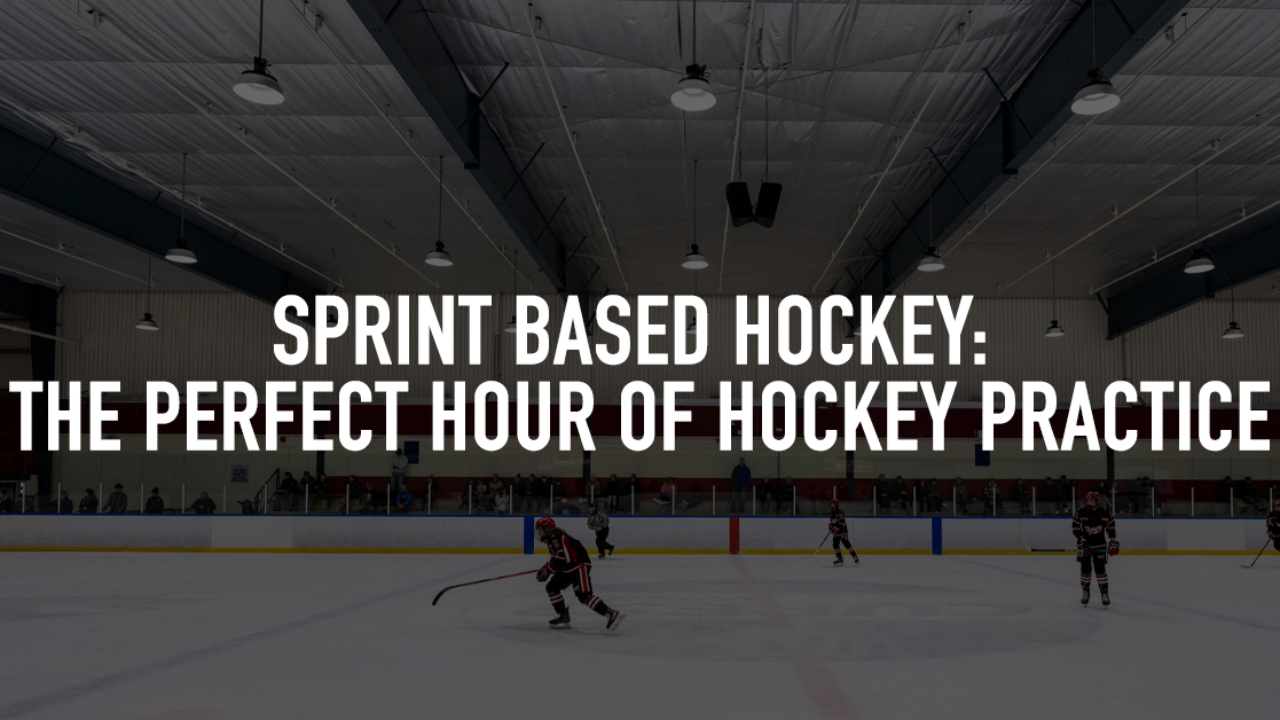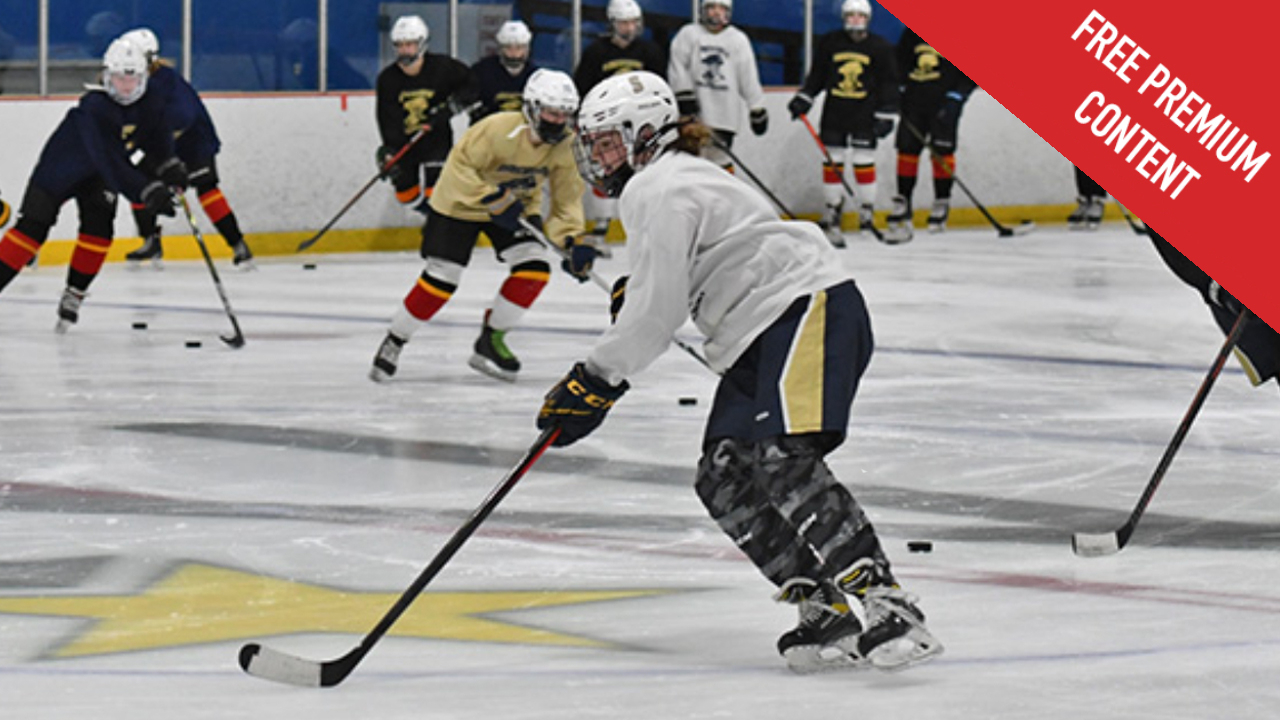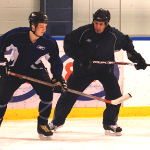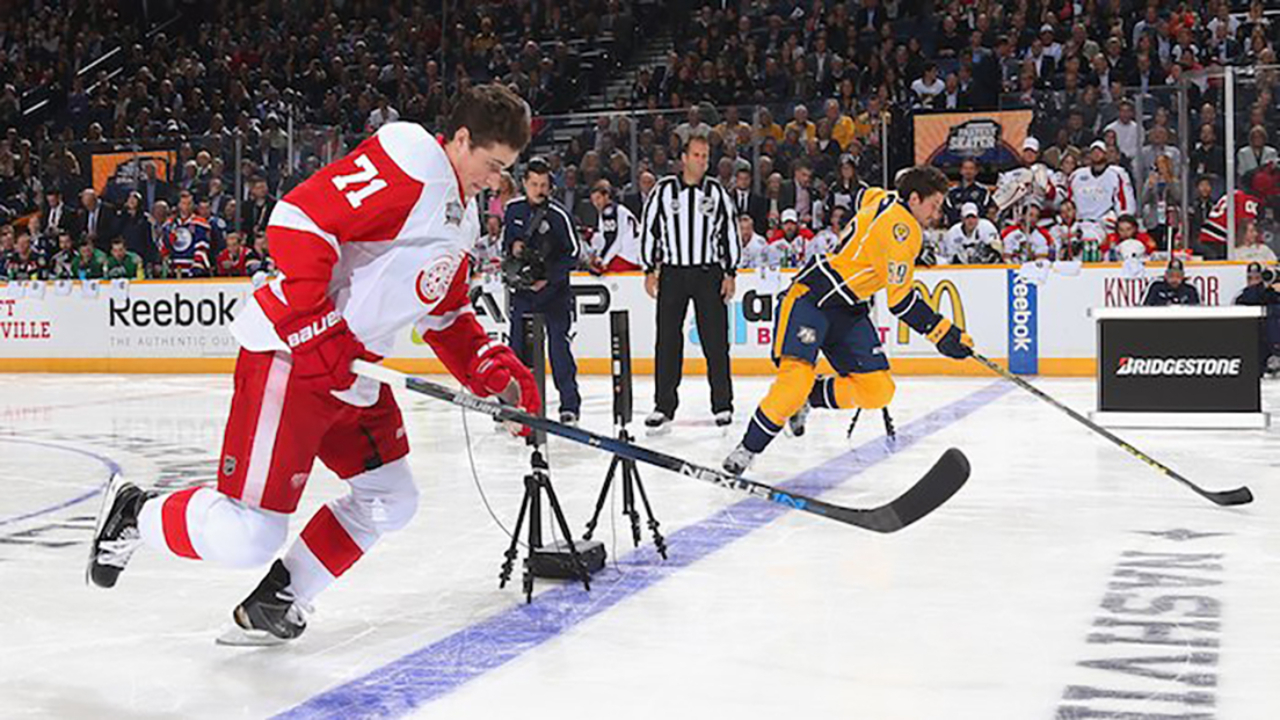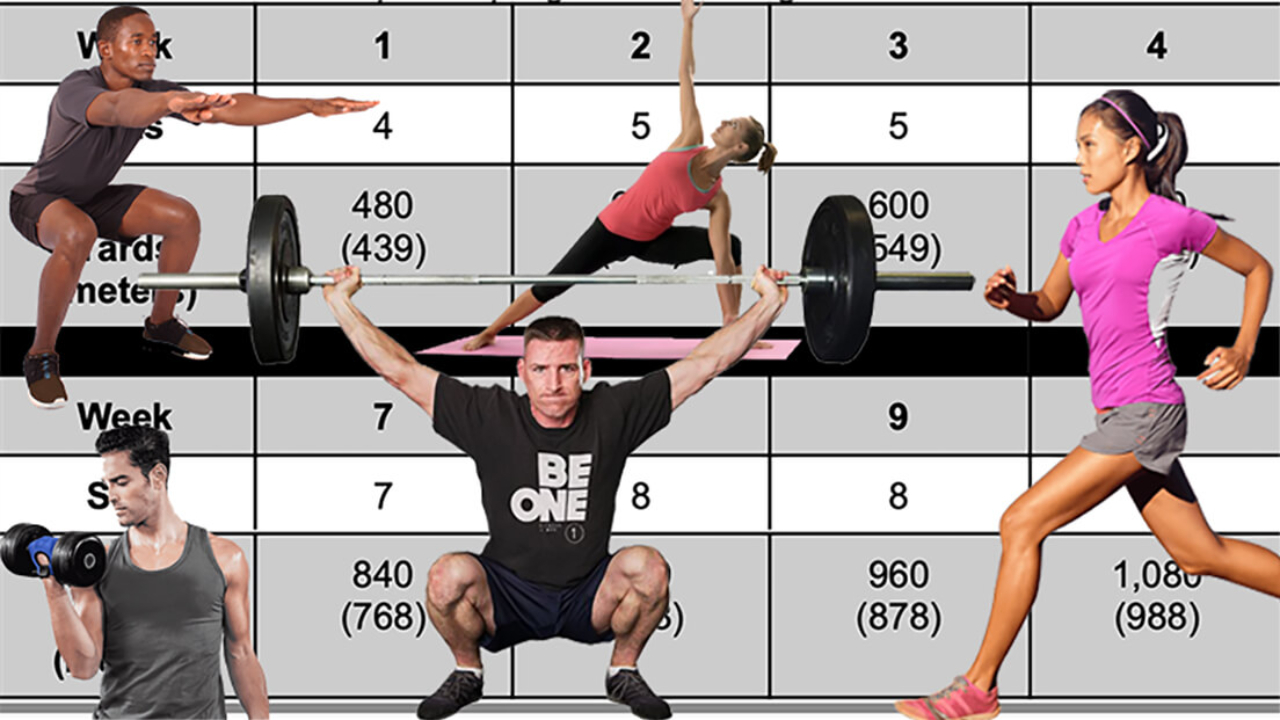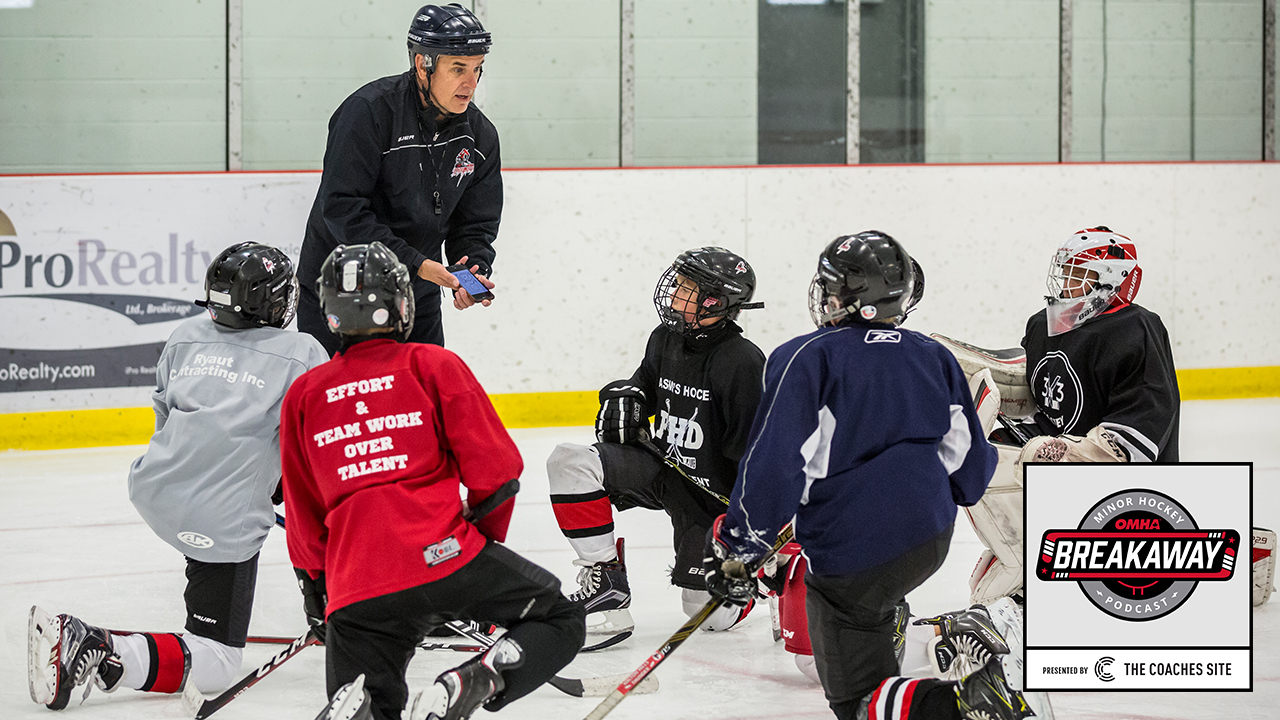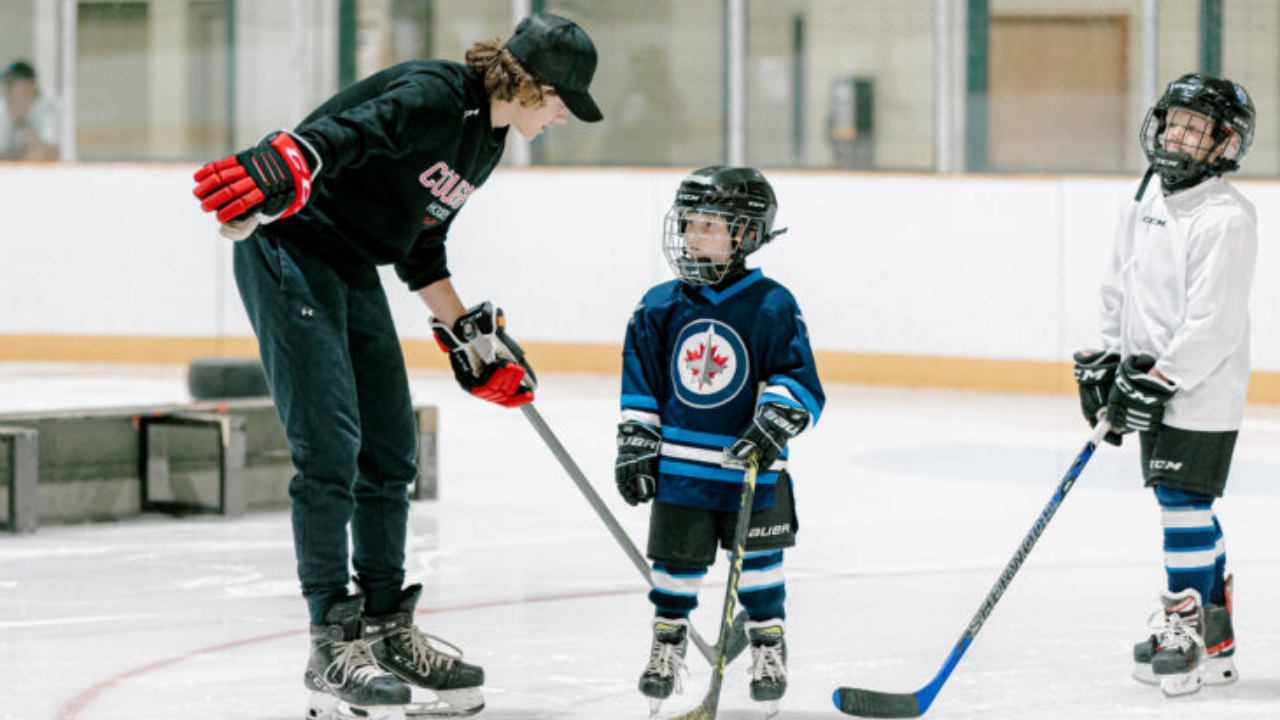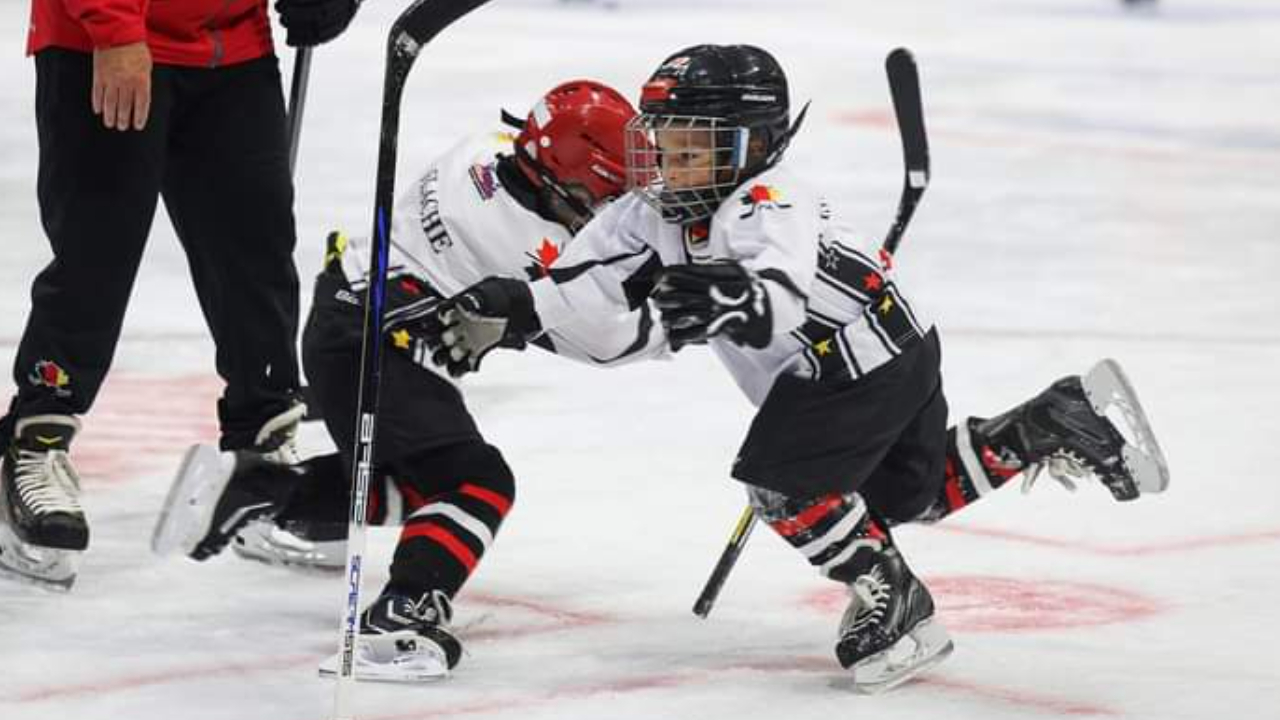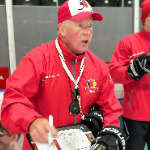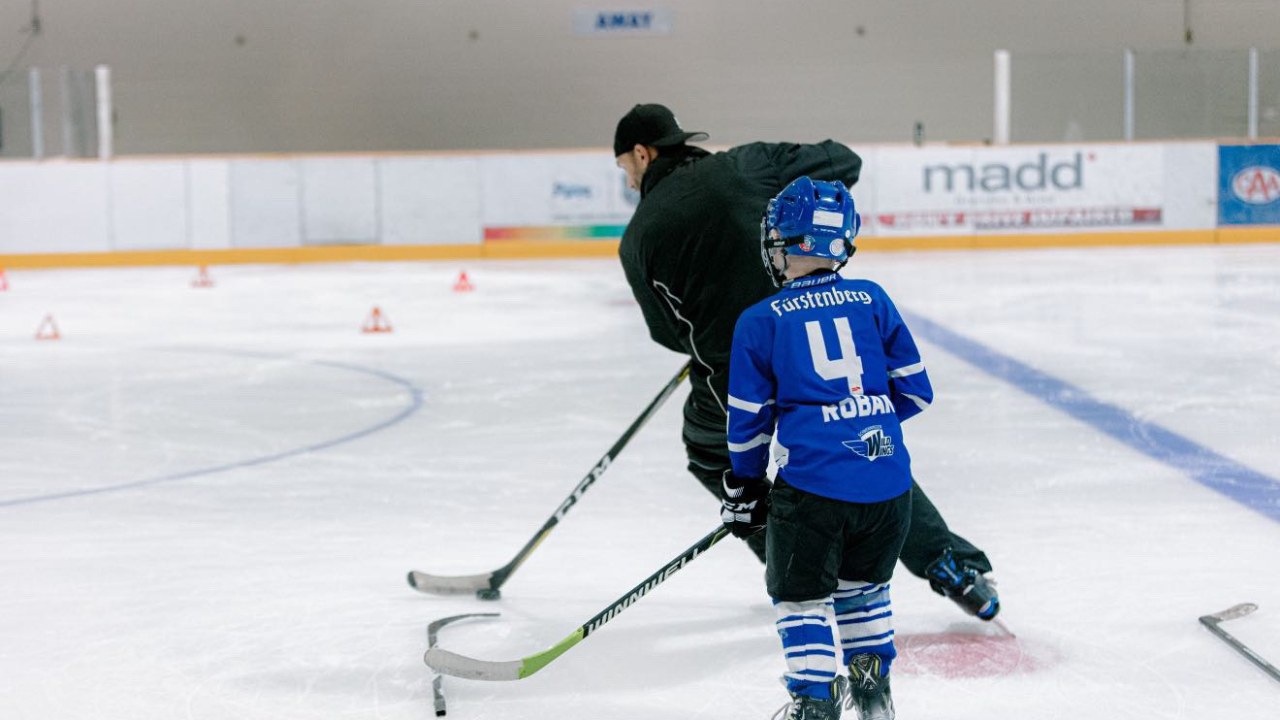
As a youth hockey coach, setting the right tone in practice is essential for getting the most out of your players. One of the ways I achieve this is by demonstrating drills at a high intensity. By doing this, I’m showing my players what kind of pace I expect them to execute the drill. It’s an effective way of communicating my coaching style and making the most of practice time. In this blog post, I’ll discuss the impact of my drill demo technique and the importance of having a consistent coaching style when working with young players.
The Importance of Setting the Tone in Practice
Setting the right tone in practice is crucial for creating a positive and productive learning environment for your young hockey players. As a coach, it is your responsibility to create an atmosphere that promotes growth, teamwork, and discipline. By setting the tone from the beginning of each practice session, you are establishing expectations and standards for your players to follow.
When players come to practice and see their coach demonstrating drills at a high intensity, it immediately grabs their attention and sets the bar for how they should approach the drills. They understand that you are not just instructing them, but you are actively participating and showing them the level of effort and focus required. This creates a sense of excitement and motivation among the players, pushing them to match your intensity and strive for excellence.
Furthermore, setting the tone in practice helps establish a culture of hard work and commitment. When players consistently witness their coach’s dedication and passion, it reinforces the importance of giving their best effort in every training session. It instills discipline and fosters a competitive mindset that will benefit them not only on the field but also in other areas of their lives.
In addition, setting the right tone in practice builds trust and respect between the coach and the players. When players see that their coach is invested in their development and is willing to put in the work alongside them, it creates a strong bond and sense of camaraderie within the team. This trust and respect will translate into improved communication, better teamwork, and ultimately, a more successful hockey season.
Efficiency of Demonstrating Drills without a Whiteboard
When it comes to running a smooth and efficient hockey practice, every minute counts. As a coach, I’ve found that demonstrating drills without the use of a whiteboard can significantly increase the efficiency of our training sessions.
Using a whiteboard to explain drills can be time-consuming and sometimes confusing for young players. It requires them to visualize and interpret the instructions, which can lead to miscommunication and wasted practice time. By eliminating the whiteboard and demonstrating the drills directly, I can ensure that my players fully understand what is expected of them without any confusion.
Not only does this save time, but it also allows me to focus on coaching and correcting techniques during the drill. Without the distraction of explaining the drill using a whiteboard, I can provide real-time feedback and make adjustments to improve my players’ skills. This hands-on approach keeps the players engaged and motivated, leading to better overall performance.
In addition, demonstrating the drills without a whiteboard allows for a more dynamic and interactive practice. The players can see the drill in action, watch how I move and execute the skills, and then replicate it themselves. This visual learning experience enhances their understanding of the drill and helps them grasp the level of intensity required.
Overall, by ditching the whiteboard and demonstrating drills directly, I am able to create a more efficient and effective practice environment. My players understand the drill quicker, can focus on improving their skills, and can ultimately maximize their potential on the ice.
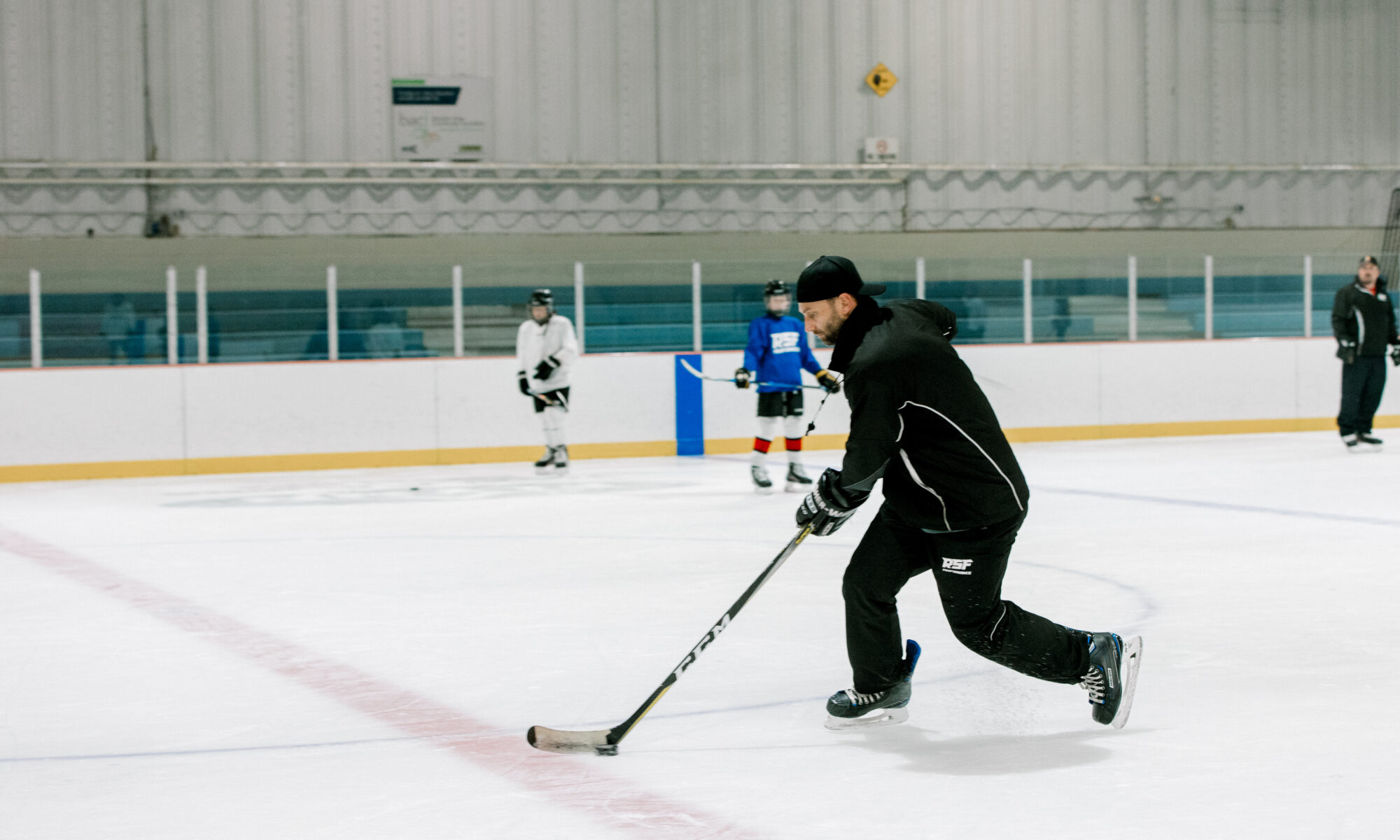
Impact on Youth Players’ Understanding of Intensity
One of the key reasons I demonstrate drills at a high intensity is to help my U13 players understand the level of intensity required in their execution. Young players often struggle with fully grasping the concept of intensity, and by physically showing them how it looks and feels, I am able to bridge that gap.
When players see their coach fully engaged in the drill, moving at a quick pace, and giving their all, it becomes tangible and relatable to them. They can observe the effort, focus, and speed required, and understand that it is not just about going through the motions, but about pushing themselves to their limits.
This demonstration not only helps them understand the intensity required, but also inspires them to push beyond their comfort zones. They see firsthand what is possible and begin to believe in their own abilities. It sets a standard and expectation for them to strive for in every drill and practice session.
Moreover, by demonstrating drills at a high intensity, I am showing my players that I practice what I preach. It creates a sense of authenticity and trust between coach and player. They see that I am invested in their growth and development, and it motivates them to reciprocate that commitment.
Ultimately, the impact of demonstrating drills at a high intensity on youth players’ understanding of intensity is immeasurable. It lays the foundation for a strong work ethic, a competitive mindset, and a drive for excellence that will not only benefit them at the rink, but in all areas of their lives.



